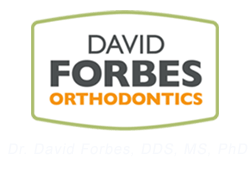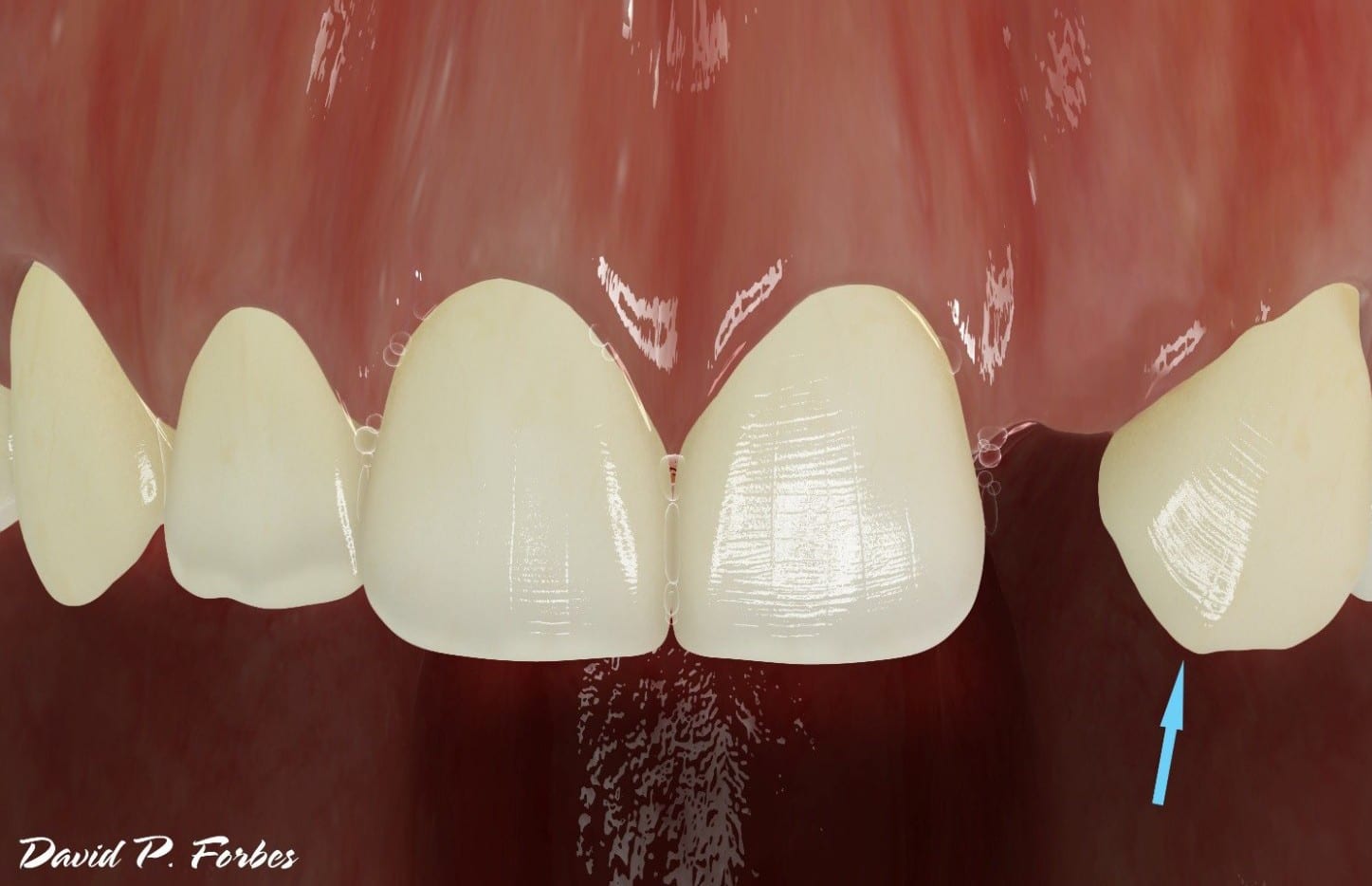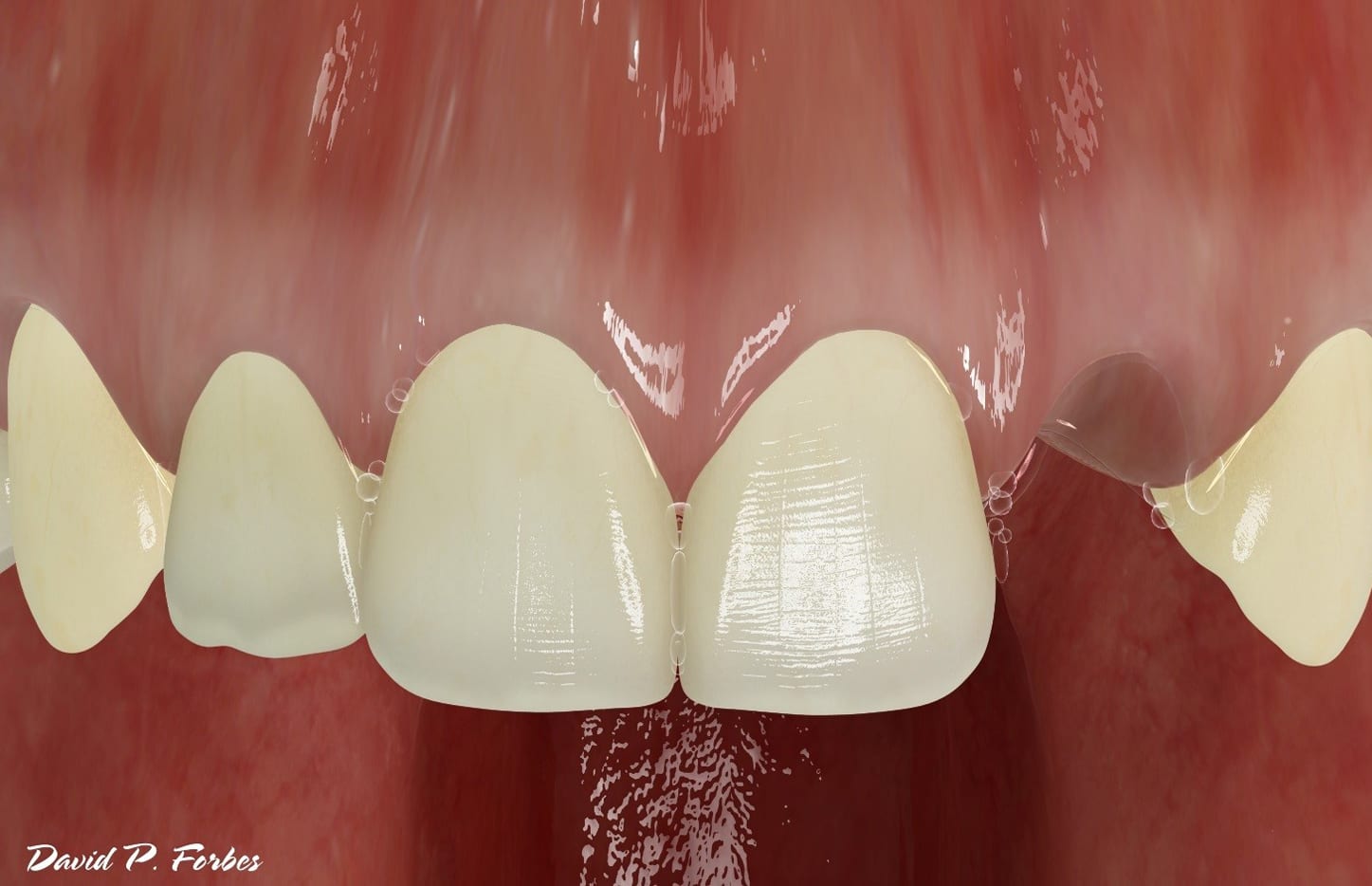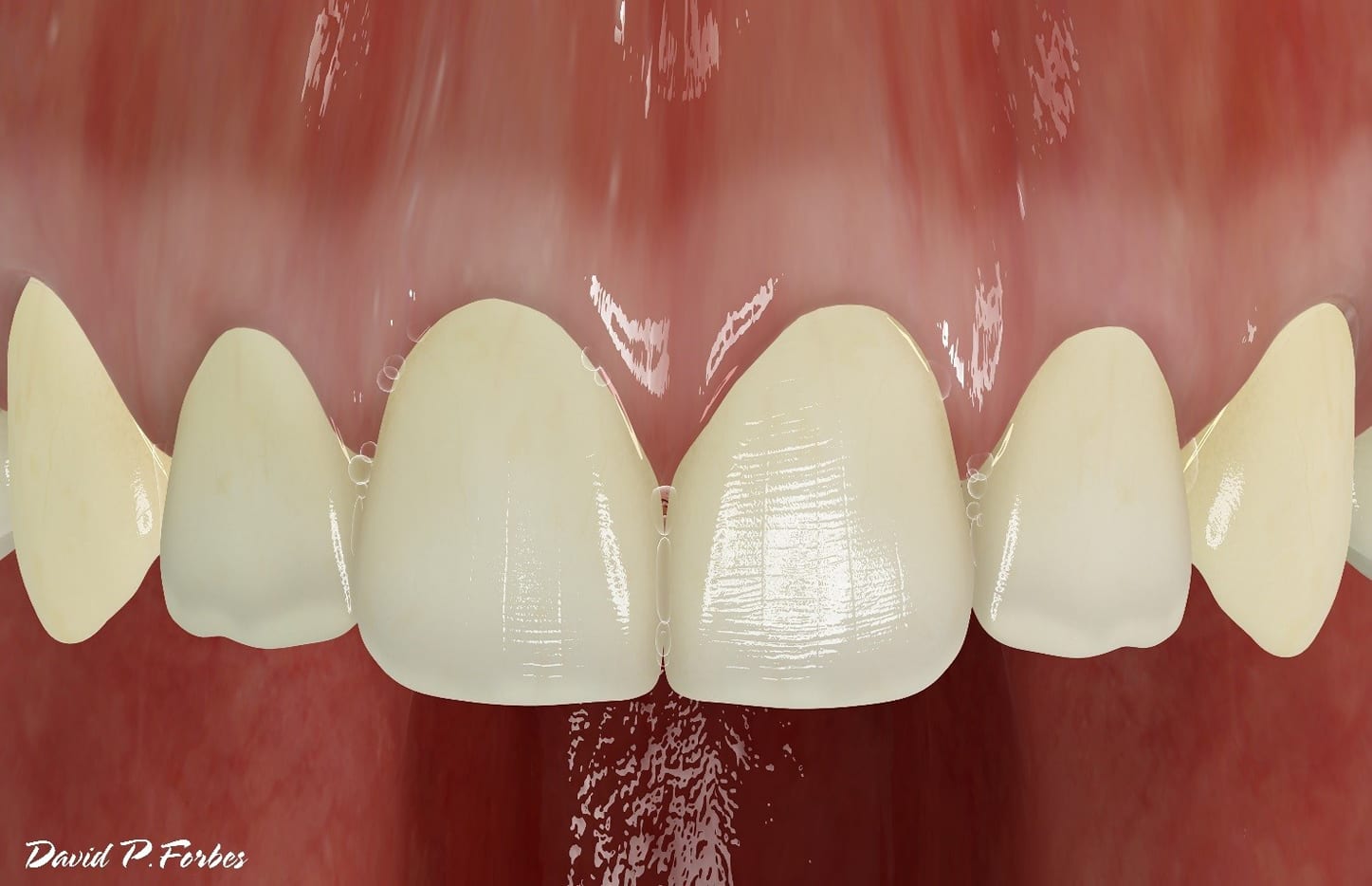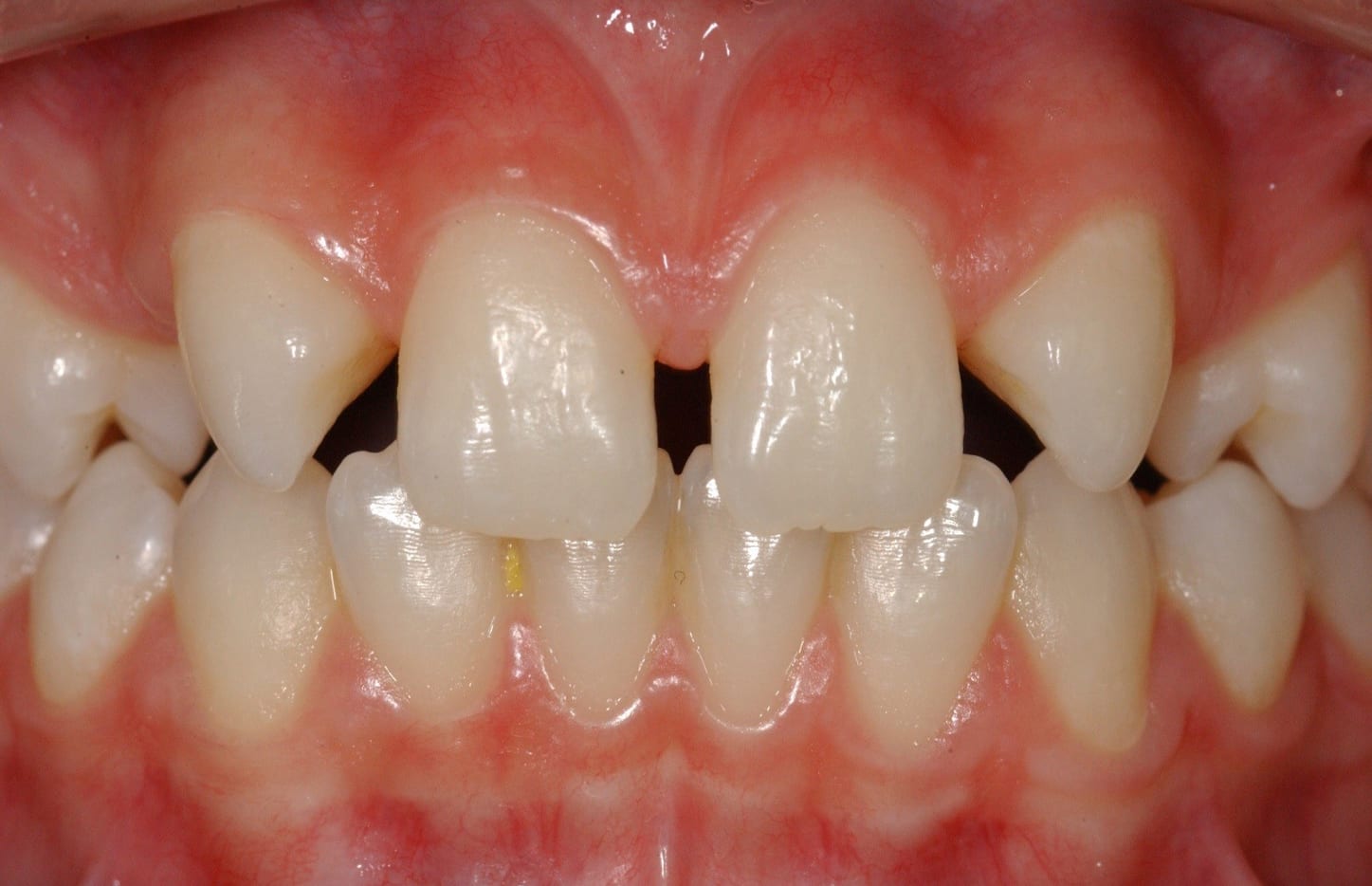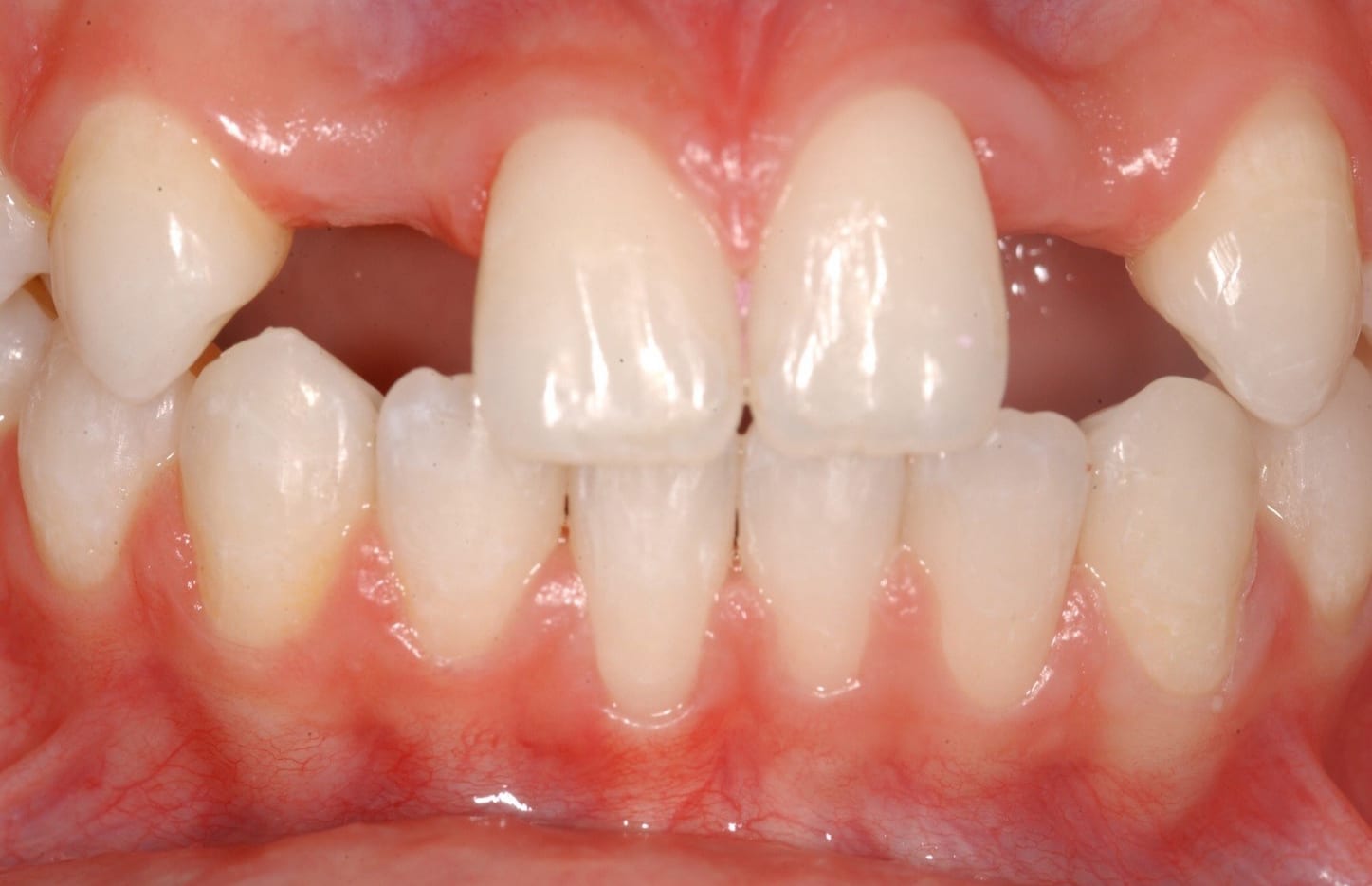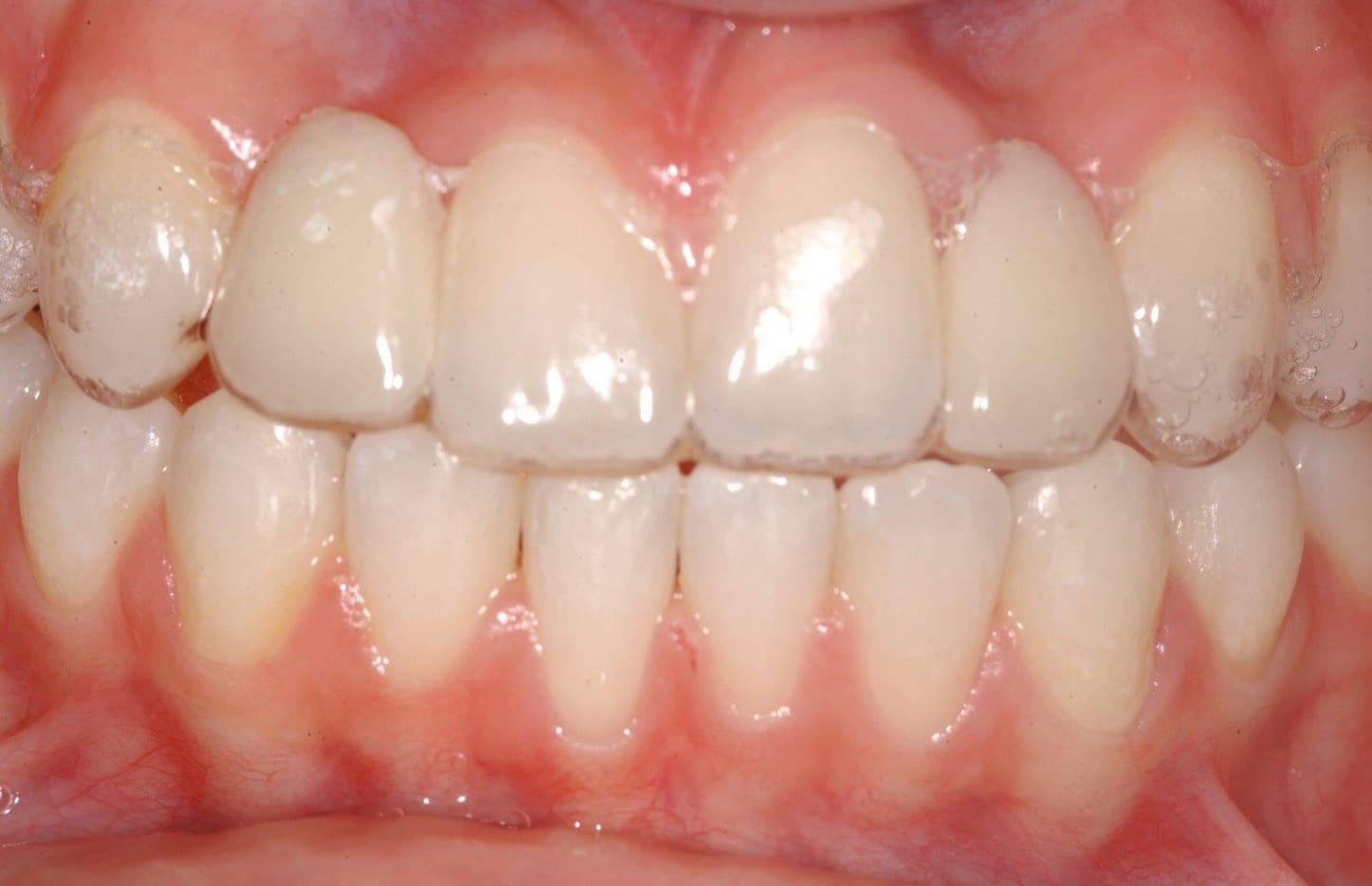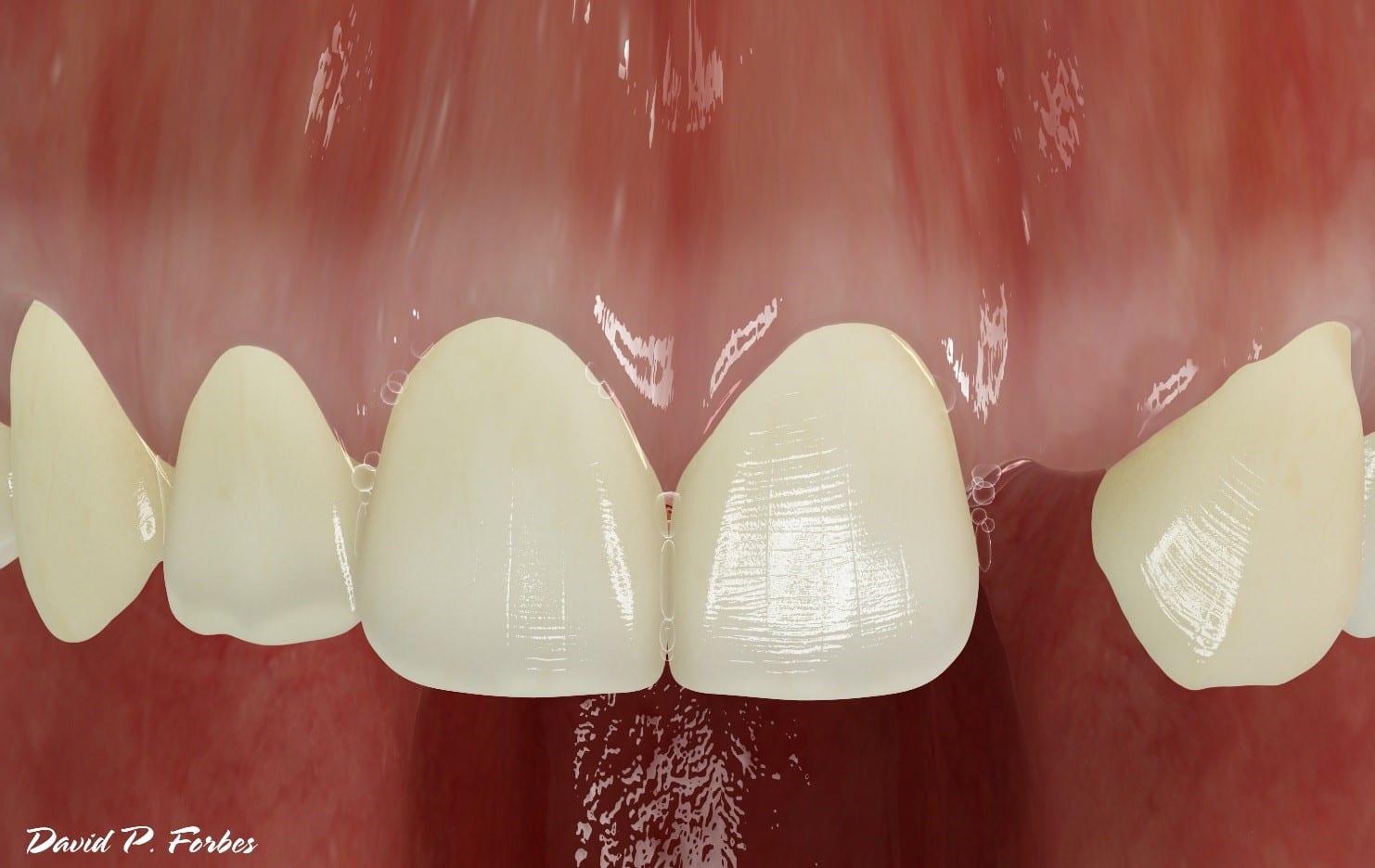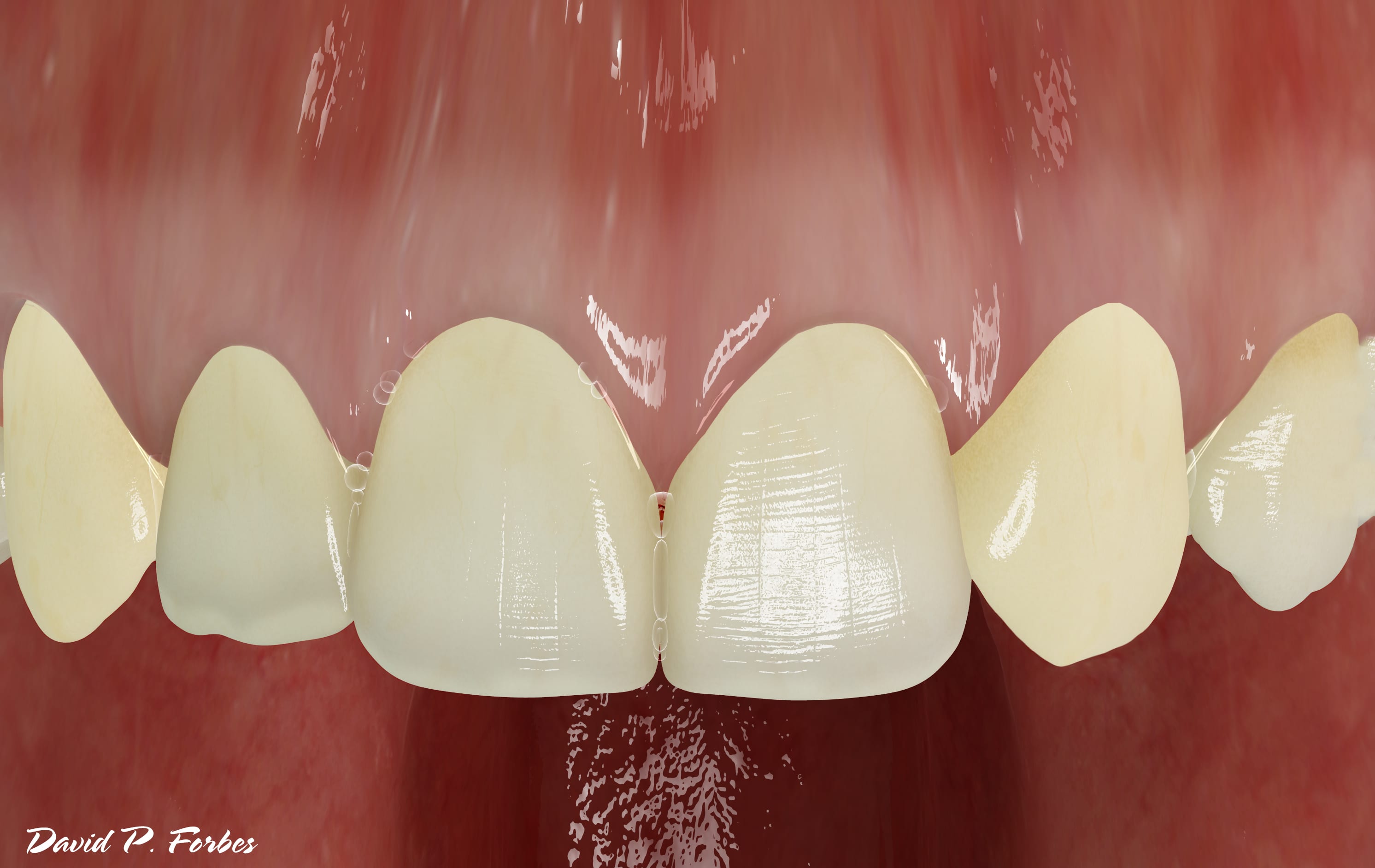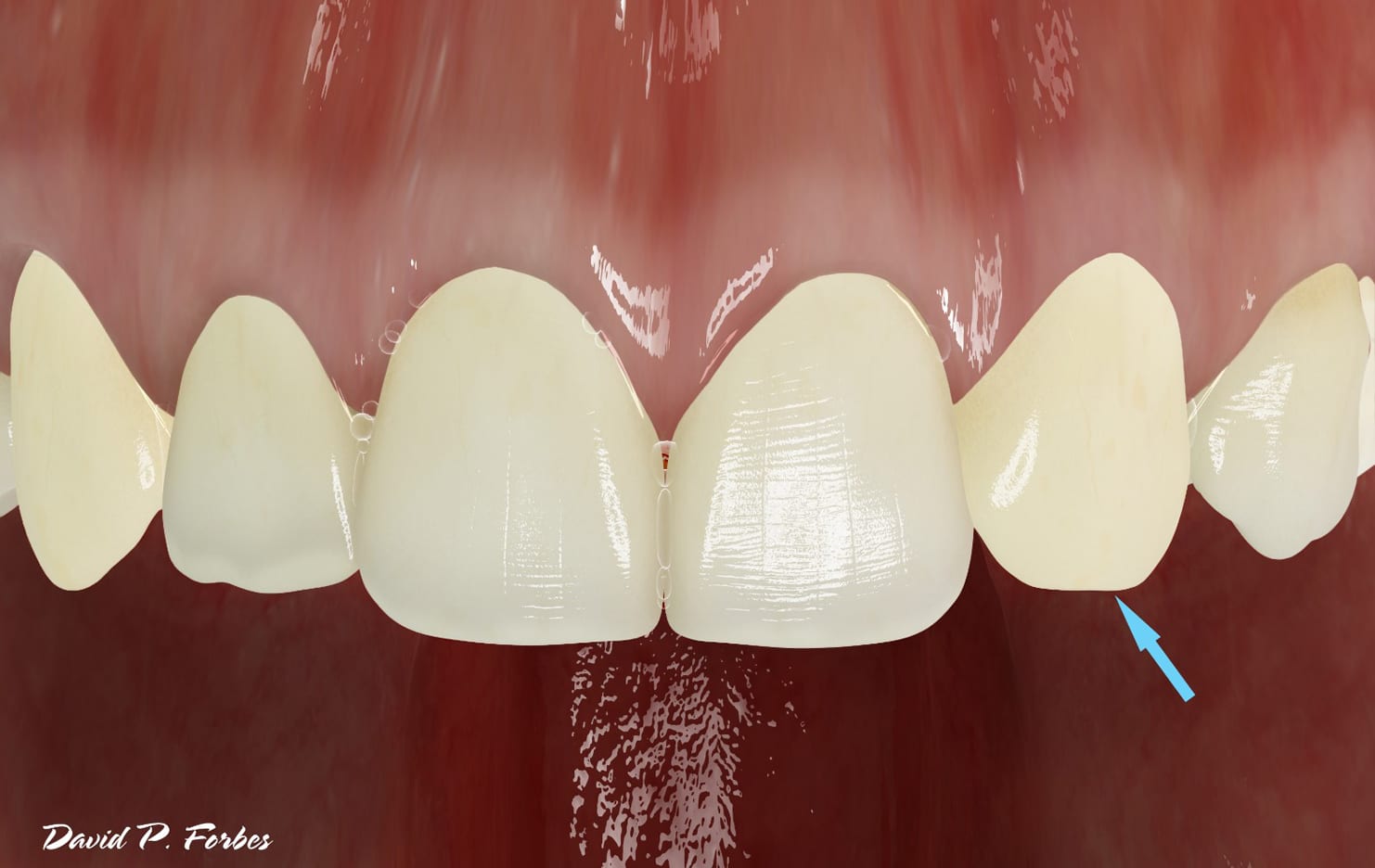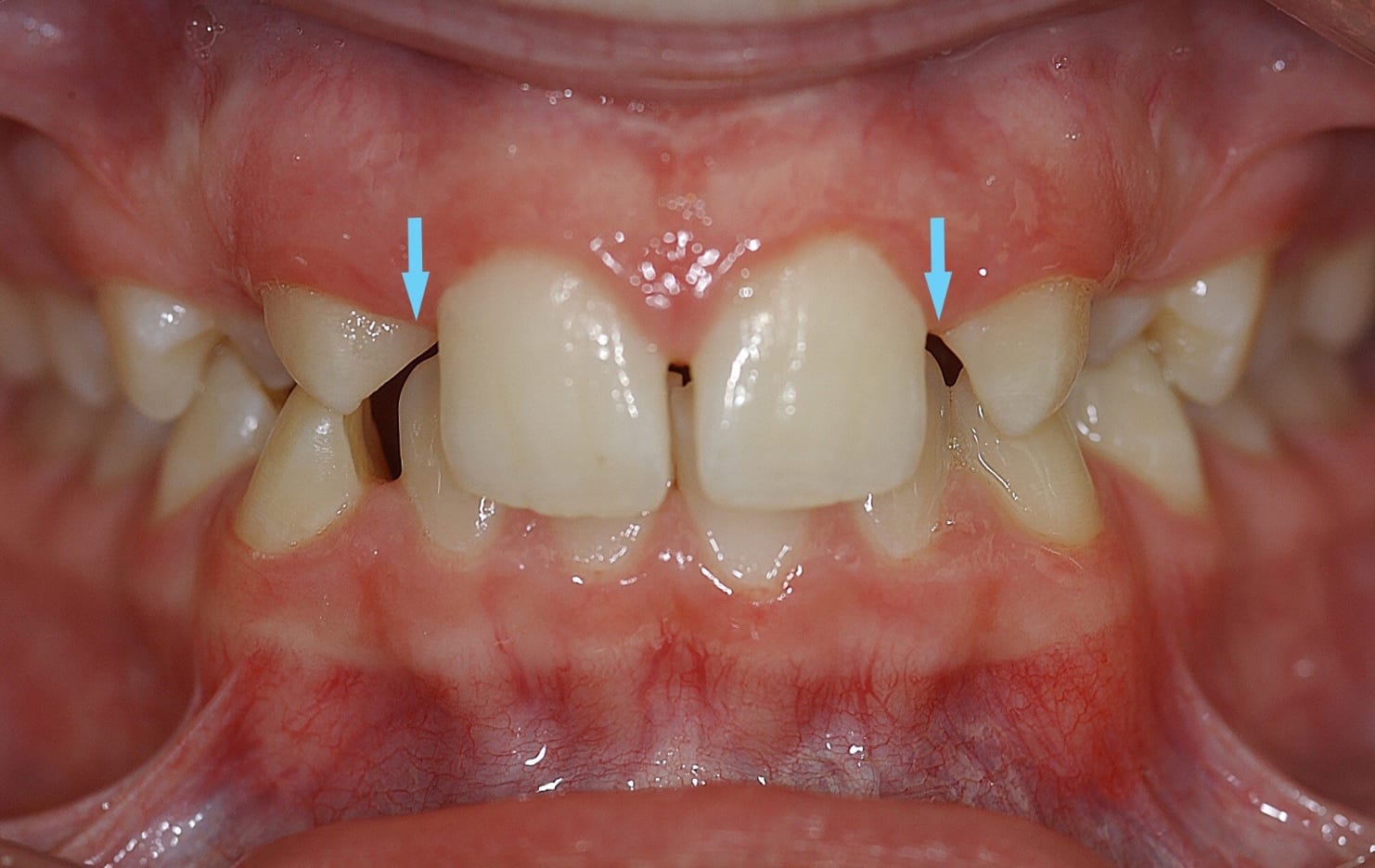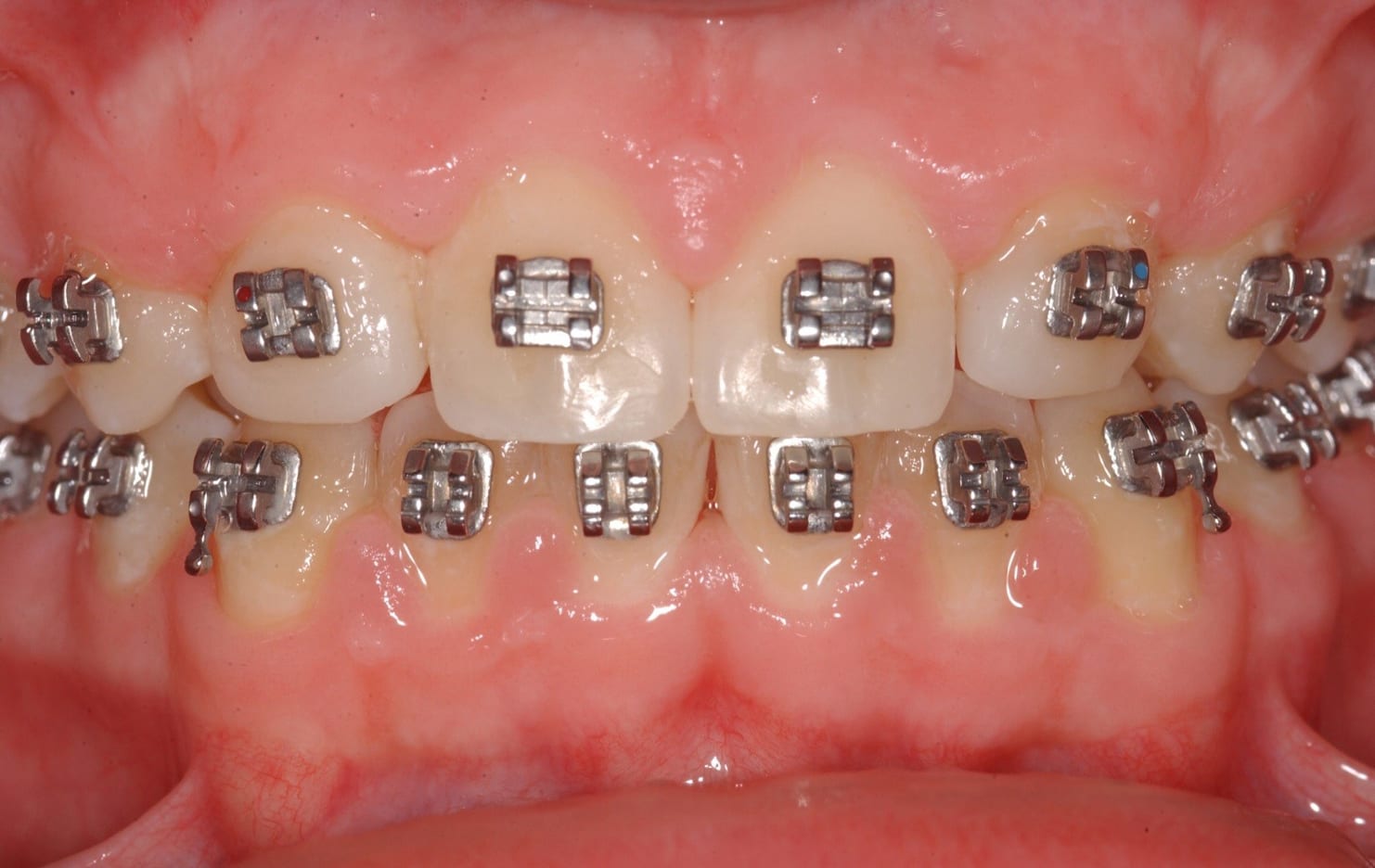Missing Teeth
Roughly 3-5% of the population is missing a tooth. The tooth is absent because it never formed. If you walk down the street and pass twenty people, one of the people you pass will naturally be missing a tooth. The most common tooth to be missing is a third molar (no big deal) however, the next most common missing tooth is an upper front tooth (lateral incisor). Big deal! For the patient, there are two choices:
1. Make room for the missing tooth and later place an implant (typically age 18-21 years old).
2. Move the canine into the missing tooth site (lateral incisor). This replaces the lateral with a canine
(called canine substitution).
Choice #1 : Open up space to place an implant
Benefits of Implant Placement:
1. An implant can be placed with the natural shape and color of the missing tooth.
2. Canines are significantly different in shape and color than the missing tooth.
Choice #2: Canine Substitution
Canine substitution is an alternate choice to having an implant placed. The benefits of substitution are:
1. No implant
2. You do not have to wait until growth is completed
